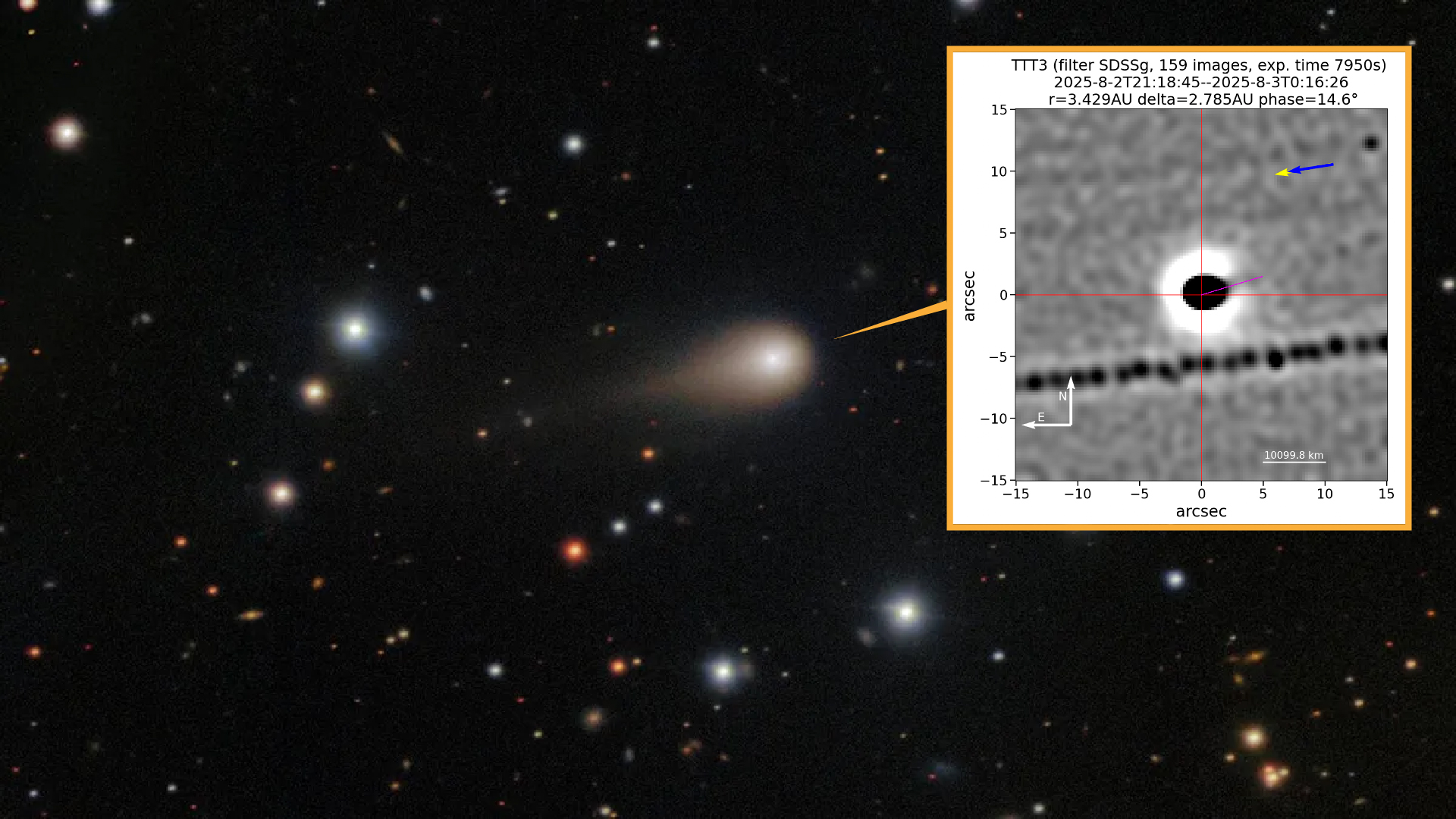Image gallery: 25 amazing ancient beasts
Artistic Views of Ancient Beasts
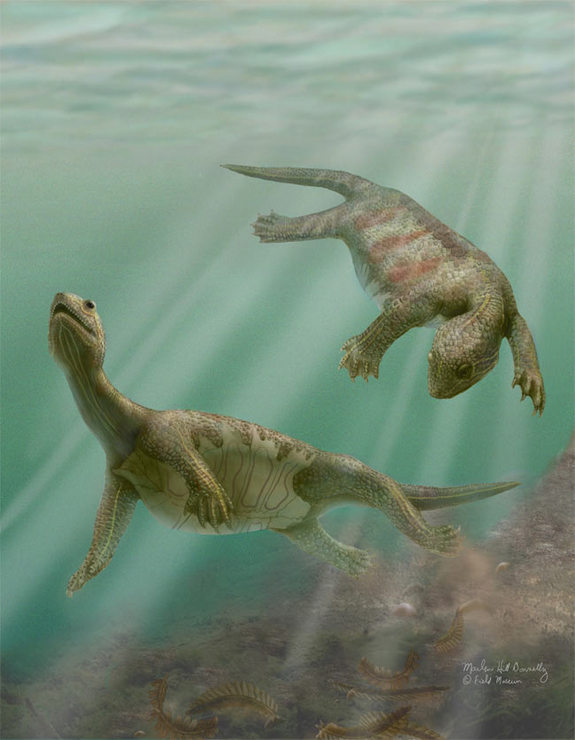
There seems to be no end to the odd creatures that scientists find by digging up fossils. Here we celebrate some of the coolest extinct fish, mammals, dinosaurs, birds and other beasts discovered in recent years by showcasing the artistic representations that reveal what they might have looked like.
Dino Turkey
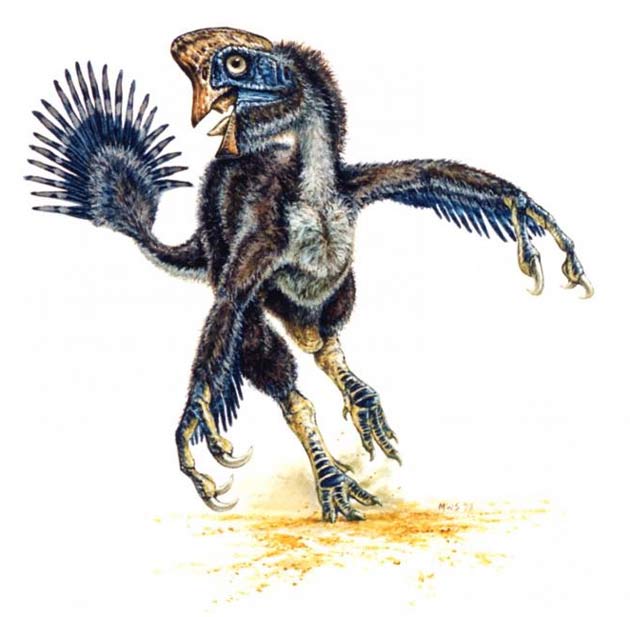
This fleshed-out rendering by artist Michael Skrepnick best represents what a dinosaur called Hagryphus looked like.
Plesiosaur
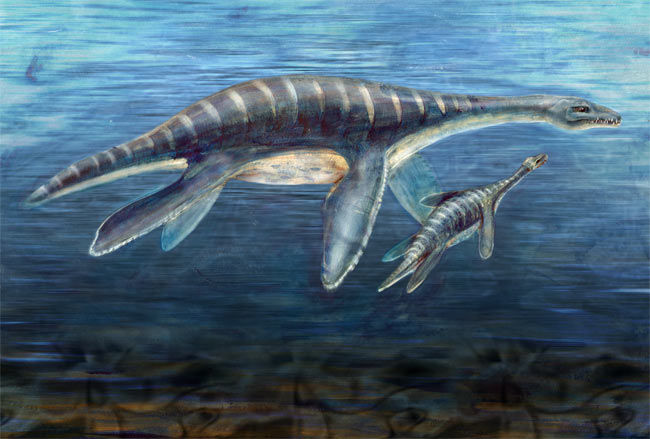
This artist s rendering reveals what an ancient marine reptile called a plesiosaur discovered in Antarctica may have looked like. The plesiosaur described in a forthcoming issue of the Journal of Vertebrate Paleontology, though not the same species, also sported four fins and a long neck. Analyses of shark teeth embedded in the reptile s bones suggest a feeding frenzy of sorts once the reptile died.
Aerosteon dinosaur
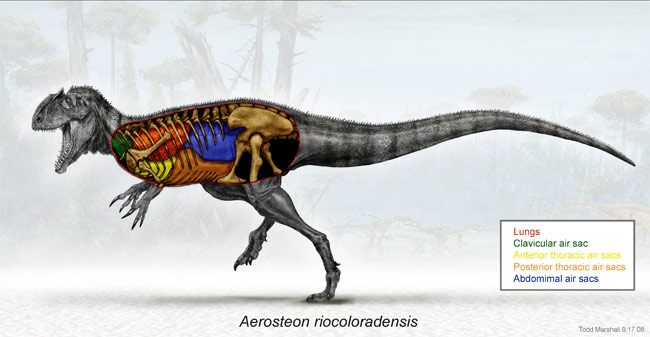
This flesh rendering of the predator Aerosteon shows its lungs (red) and air sacs (other colors) as they might have been in life about 85 million years ago. This huge carnivorous dinosaur that lived about 85 million years ago had a breathing system much like that of today s birds, a new analysis of fossils reveals, reinforcing the evolutionary link between dinos and modern birds.
Megapiranha
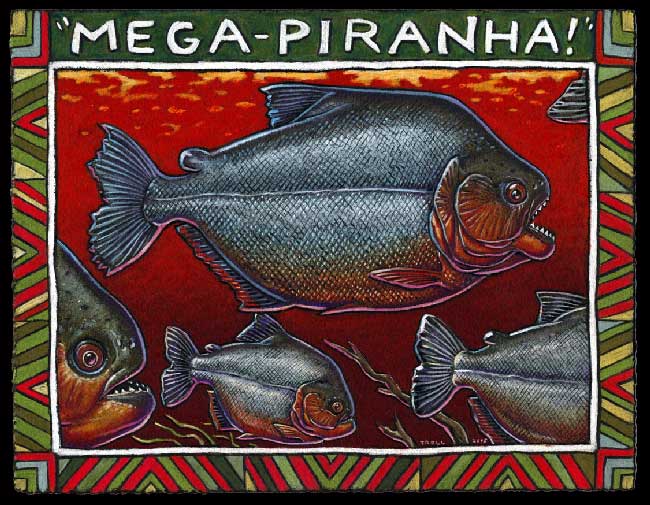
An artist s rendering of Megapiranha paranensis, a 3-foot-long ancestor of the modern piranha.
Camarasaurus
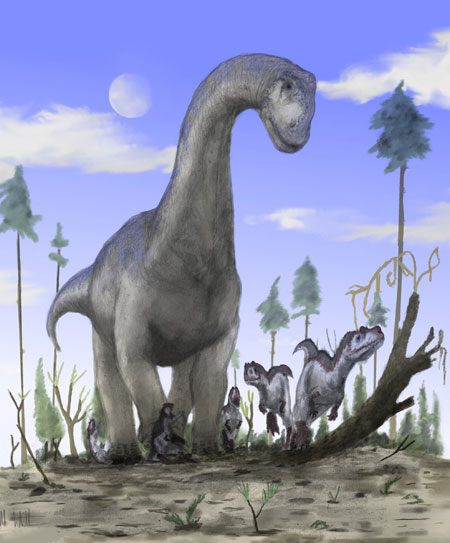
An artist impression of a camarasaurus, an extinct sauropod dinosaur thought to have lived 100 million years ago in what is now the Sahara Desert.
Mammoth
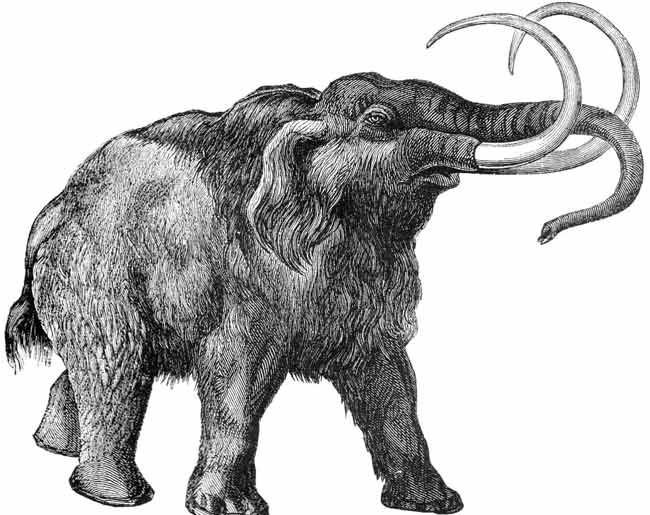
Drawing of a woolly mammoth. These beasts were bigger than mastodons and had curved rather than straight tusks. Most died off around 10,000 years ago.
Get the world’s most fascinating discoveries delivered straight to your inbox.
Dunkleosteus terrelli
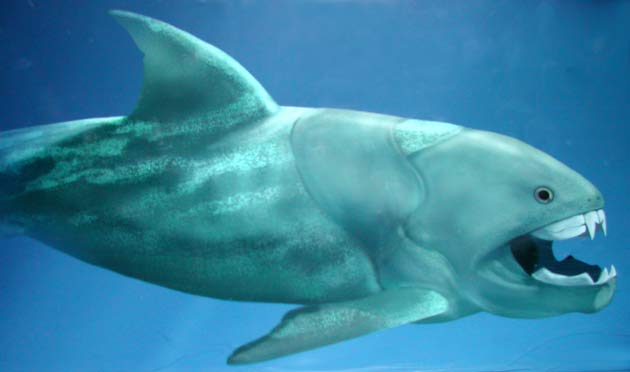
This prehistoric fish, Dunkleosteus terrelli, was big, mean, and it could bite a shark in two. Scientists say Dunkleosteus terrelli might have been "the first king of the beasts." The prehistoric fish was 33 feet long and weighed up to four tons. The creature lived 400 million years ago. Art by Karen Carr in the Field Museum s Evolving Planet exhibit.
Monster Whale

This ancient whale, extinct 25 million years, was a vicious hunter, scientists figure. Though likely an ancestor of modern baleen whales, gentle giants of today’s seas this beast had monstrous teeth and huge eyes thought to have been good for hunting.
Mega Fauna
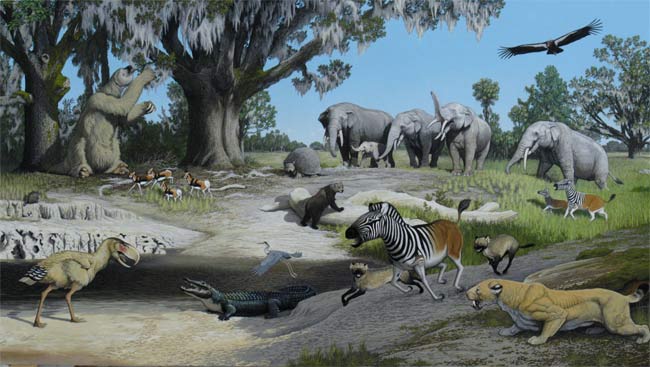
A 7-foot-tall prehistoric bird with a monster-size noggin arrived in North America from South America long before a land bridge connected the two continents, a new study reveals. The flightless, carnivorous terror birds—that s what scientists call them—likely hopped to North America via islands that came to form what is today the Isthmus of Panama. Artist rendering of what North Florida may have looked like during about 2 million years ago. The terror bird is shown at the bottom left.
Giant Snake
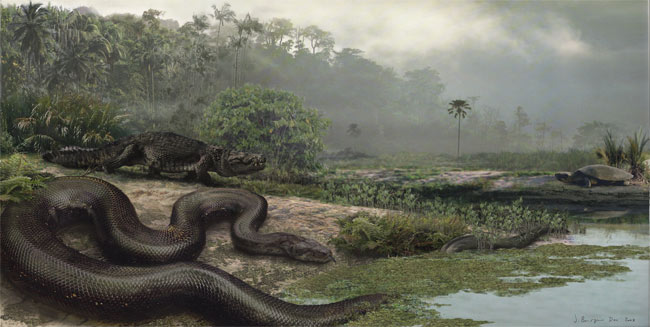
The extinct giant snake (shown in an artist s reconstruction) would have sent even Hollywood s anacondas slithering away. Researchers conservatively estimate the snake weighed about 2,500 pounds (1,140 kg) and measured nearly 43 feet (13 meters) from nose to tail tip. It was a type of non-venomous constrictor like anacondas and boas and lived in South America s rainforests some 60 million years ago.

